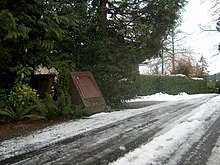Debt restructuring is a process that allows a private or public company or a sovereign entity facing cash flow problems and financial distress to reduce and renegotiate its delinquent debts to improve or restore liquidity so that it can continue its operations.

Sooke is a district municipality on the southern tip of Vancouver Island, Canada, 38 kilometres (24 mi) by road from Victoria, the capital of British Columbia. Sooke, the westernmost of Greater Victoria's Western Communities, is to the north and west of the Sooke Basin. It is a regional centre for residents in neighbouring communities, including Otter Point, Shirley and Jordan River.

Sooke Harbour House is an inn and restaurant located in Sooke, British Columbia, Canada, on the southern tip of Vancouver Island.
In finance, a security interest is a legal right granted by a debtor to a creditor over the debtor's property which enables the creditor to have recourse to the property if the debtor defaults in making payment or otherwise performing the secured obligations. One of the most common examples of a security interest is a mortgage: a person borrows money from the bank to buy a house, and they grant a mortgage over the house so that if they default in repaying the loan, the bank can sell the house and apply the proceeds to the outstanding loan.
An individual voluntary arrangement (IVA) is a formal alternative in England and Wales for individuals wishing to avoid bankruptcy. In Scotland, the equivalent statutory debt solution is known as a protected trust deed.

Sooke Mountain Provincial Park is a Class B provincial park located at the southern end of Vancouver Island in British Columbia, Canada. The park was established on June 25, 1928, to protect local wildlife and preserve the scenic wilderness of the area. Sooke Mountain is now part of the larger Sea to Sea Green Blue Belt surrounding Greater Victoria.

BC Parks is an agency of the British Columbia Ministry of Environment and Climate Change Strategy that manages all of the, as of 2020, 1,035 provincial parks and other conservation and historical properties of various title designations within the province's Parks oversaw of the British Columbia Parks and Protected Areas System. The Lieutenant Governor-in-Council created the agency on March 1, 1911, through the Strathcona Park Act. The agency is charged with a dual role of preserving the ecological and historical integrity of the places entrusted to its management, while also making them available and accessible for public use and enjoyment.
Sooke Potholes Regional Park is a 63.5-hectare (157-acre) nature park along the Sooke River, near Sooke, British Columbia. It is known for its rocky pools and canyon-like features and is a popular destination for hiking and swimming.
As a legal concept, administration is a procedure under the insolvency laws of a number of common law jurisdictions, similar to bankruptcy in the United States. It functions as a rescue mechanism for insolvent entities and allows them to carry on running their business. The process – in the United Kingdom colloquially called being "under administration" – is an alternative to liquidation or may be a precursor to it. Administration is commenced by an administration order.
Bankruptcy in Irish Law is a legal process, supervised by the High Court whereby the assets of a personal debtor are realised and distributed amongst his or her creditors in cases where the debtor is unable or unwilling to pay his debts.
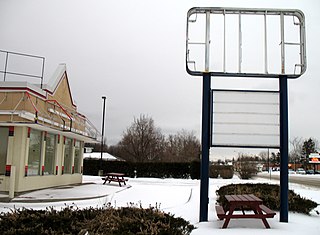
Commercial insolvency in Canada has options and procedures that are distinct from those available in consumer insolvency proceedings. It is governed by the following statutes:

The Companies' Creditors Arrangement Act is a statute of the Parliament of Canada that allows insolvent corporations owing their creditors in excess of $5 million to restructure their business and financial affairs.

Sun Indalex Finance, LLC v United Steelworkers, 2013 SCC 6, arising from the Ontario courts as Re Indalex Limited, is a decision of the Supreme Court of Canada that deals with the question of priorities of claims in proceedings under the Companies' Creditors Arrangement Act, and how they intersect with the fiduciary duties employers have as administrators of pension plans.

Century Services Inc v Canada (AG) is a decision of the Supreme Court of Canada that describes the interrelationship between the Companies' Creditors Arrangement Act and the Bankruptcy and Insolvency Act in governing Canadian insolvency law, and how other federal statutes are accordingly construed.

Canadian corporate law concerns the operation of corporations in Canada, which can be established under either federal or provincial authority.

Reference Re Companies' Creditors Arrangement Act is a decision of the Supreme Court of Canada on the constitutionality of the Companies' Creditors Arrangement Act as part of the bankruptcy and insolvency jurisdiction of the Parliament of Canada.

The Farmers' Creditors Arrangement Act, was an Act of the Parliament of Canada that attempted to remedy a wave of insolvencies that occurred among Canadian farmers during the Great Depression. Originally framed to deal with such problems nationwide, it was gradually reduced in scope, and was reenacted in 1943 to apply solely to farmers in the Prairie Provinces.
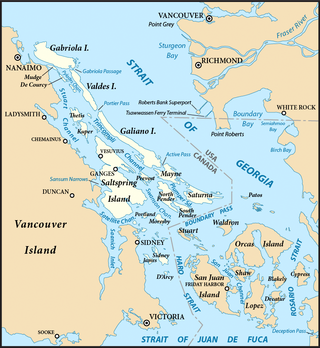
The Islands Trust is a federation of local governments on the islands in the Strait of Georgia, Howe Sound and Haro Strait in British Columbia. It was established by, and is operated under, the Islands Trust Act, enacted by the Government of British Columbia in 1974. The goal of the Islands Trust is to "preserve and protect the Trust Area and its unique amenities and environment for the benefit of the residents of the Trust Area and of British Columbia". The conservation arm, Islands Trust Conservancy, works to preserve and protect landscapes across the Trust Area. Through conservation covenants and nature reserves, the Conservancy protects over 110 properties totaling 1,375 hectares.
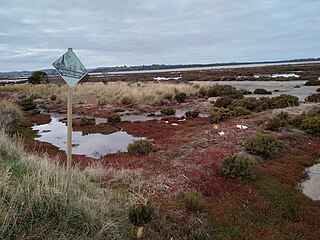
In 2010, Australia formulated a strategy for conserving land under the National Reserve System, which would be "a national network of public, Indigenous and private protected areas over land and inland water". States, territories and the commonwealth have enacted legislation to create and protect private lands "in perpetuity". Additionally, they have created mechanisms to fund the conservation of biodiversity in the shorter term. See for example, The Two Rivers Catchment Reserve.
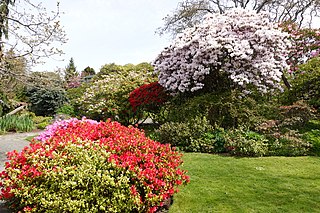
The Abkhazi Garden was created in Victoria, British Columbia, on Vancouver Island, in 1946 by Prince and Princess Abkhazi. The garden is known as 'the garden that love built' and was developed by Prince Nicolas Abkhazi and Princess Marjorie ('Peggy') Abkhazi over the decades that they owned the property on Fairfield Road.
